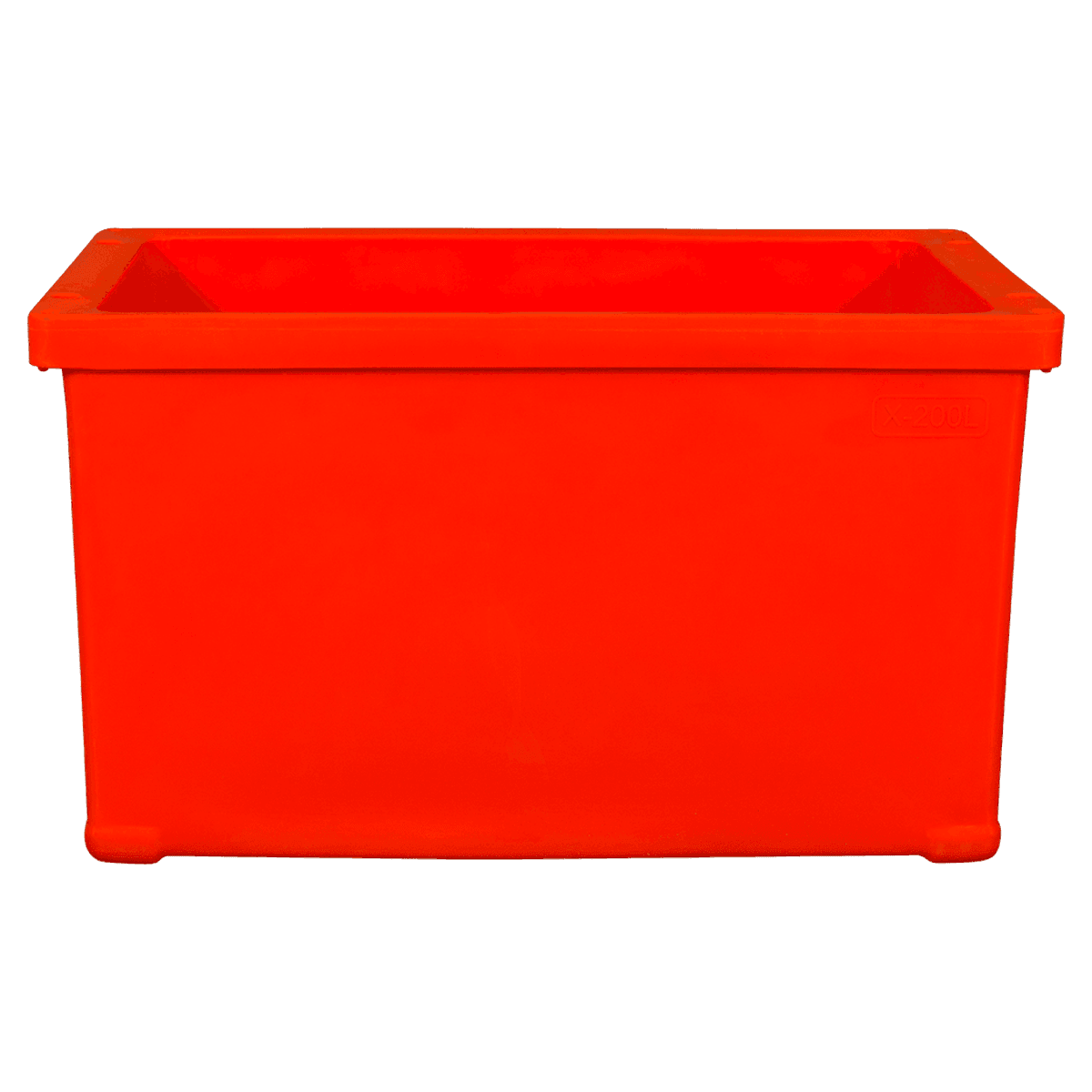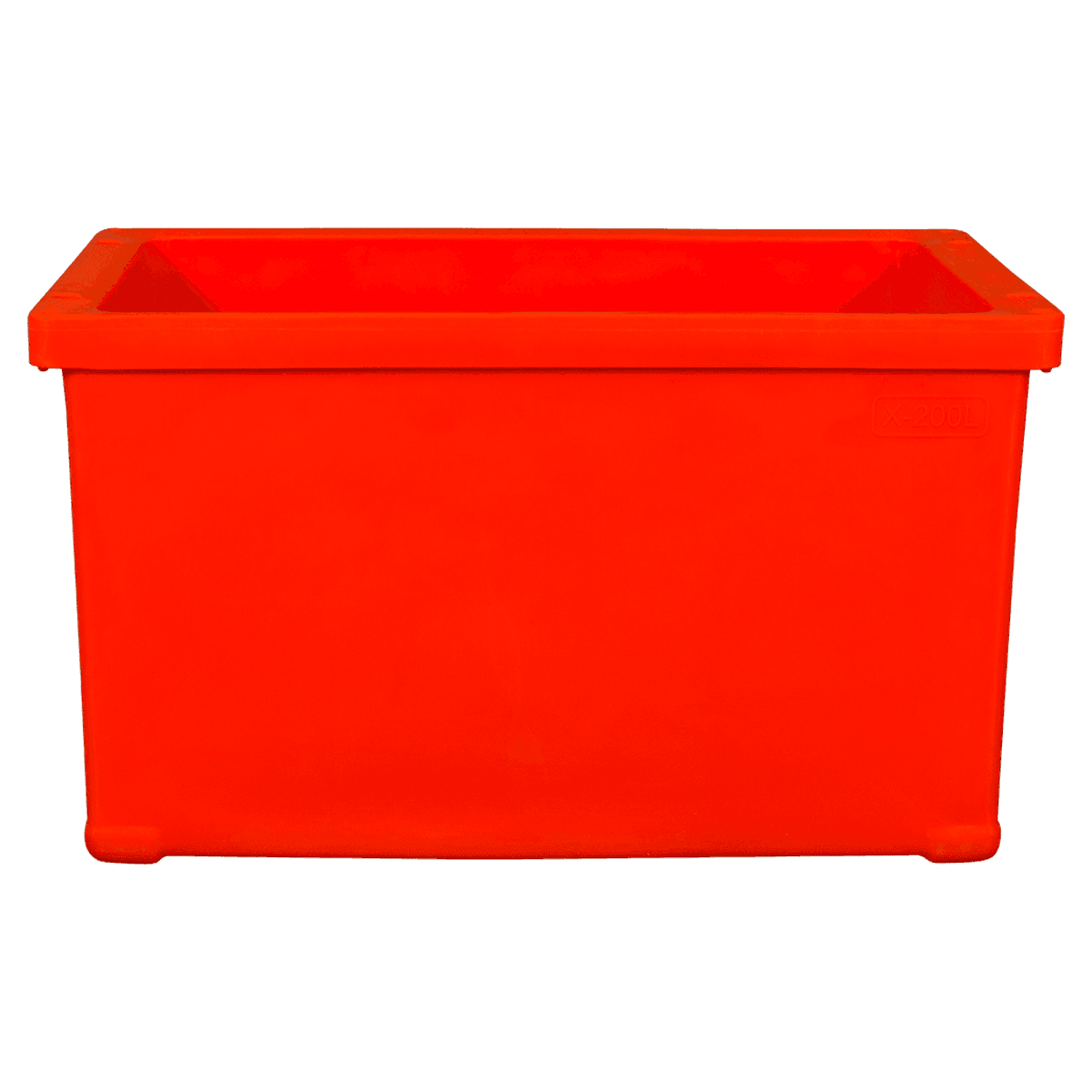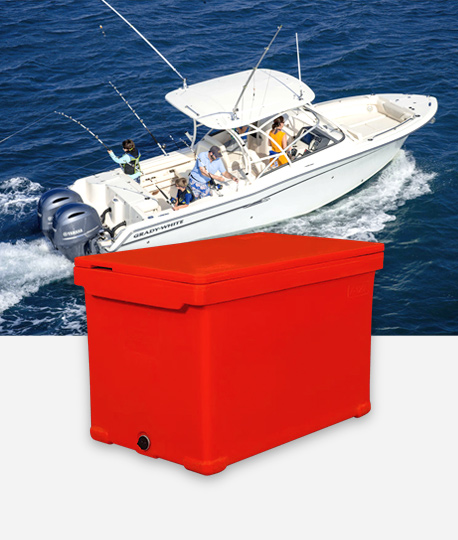Are plastic containers reusable? Why is it at risk?
Plastic is a polymer. Since it is called "polymerization", it means that it needs a certain external force to "gather" together. In our common beverage bottles, plasticizers are usually added as an external force for polymerization, which makes the thermoplasticity of plastics better.
The key is that this plasticizer is phthalate, which is toxic and carcinogenic! Why is such a terrible thing applied to a beverage bottle? The reason is that the finished plastic product that is polymerized after adding the plasticizer has a stable period of about one year. During the stable period, the bottle of beverage is safe. Therefore, bottles that have passed the stable period can no longer be used in any case!
In addition, an important prerequisite for the constant state of plastics is the stability of temperature. For example, when hot water is injected into a mineral water bottle, the bottle will be deformed, and the bottle at this time may be toxic. Even if the water temperature is not high, such as drinking water in the trunk of the car in summer, the bottle may change due to the sultry heat!
Can plastic products in a stable period hold all kinds of food?
The safety of plastic products is related to their stability, but not only temperature will destroy their stability. A bottle originally used to hold Coke, if it is used to hold vinegar, there is a possibility of a reaction between the vinegar and the bottle, resulting in the possibility of deterioration, so the key to our use of plastic products is - do not expand its use! During the stable period, what was originally put in can continue to be in full bloom.
Also, there are many types of plastics, and not all of them can come into contact with food! There are 7 types of plastics that we commonly use to make containers, marked with numbers - the numbers in the middle of the small triangles that we commonly see on plastic packaging. Most beverage bottles are marked 1, which is not suitable for reuse.
For example, a bottle marked 2 is made of relatively safe polyethylene, contains no additives, costs more, and is usually used in daily chemical products. The plastic product marked 3 must be careful, it cannot come into contact with any food, and it is very toxic! The ones marked 5 can be heated in a microwave oven. Without this mark, there is a danger of melting when heated!
How to judge the plastic products that are not marked or can not see the marking clearly?
1. Look, look at the color - plastic with color is not recommended for food; among transparent plastics, the ones with lower transparency are safer than those with higher transparency.
2. Warm, plastic with the smell of gasoline and kerosene cannot be used for food.
3. Touch, thicker ones are safer than thin ones; lower viscosity ones are safer than higher ones (this method is especially suitable for selecting plastic wrap).
After reading so much, I believe you understand that plastic can't be used casually. Without understanding its performance, never change its original purpose, especially use it to store food and heat it casually. You have to be very careful about what you enter! Wanma is a professional seafood industrial use plastic containers manufacturer, if you are interested in our products, please contact us.


 English
English Español
Español عربى
عربى 中文简体
中文简体
-4.png)
-4.png)
-2.png)

-2.png)
-2.png)




